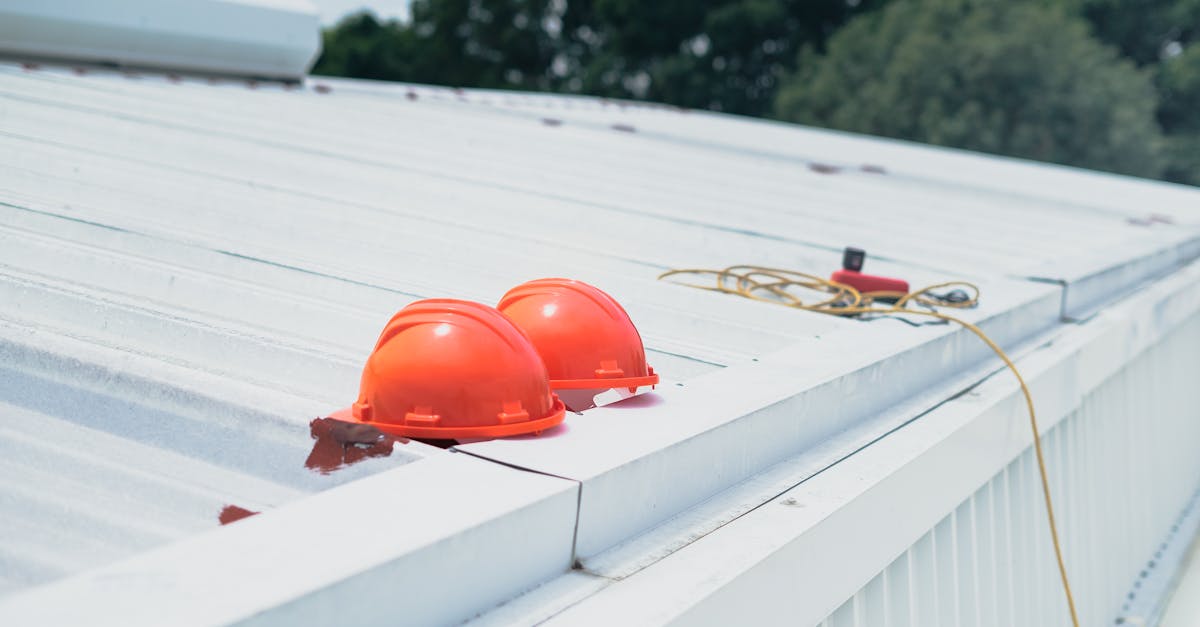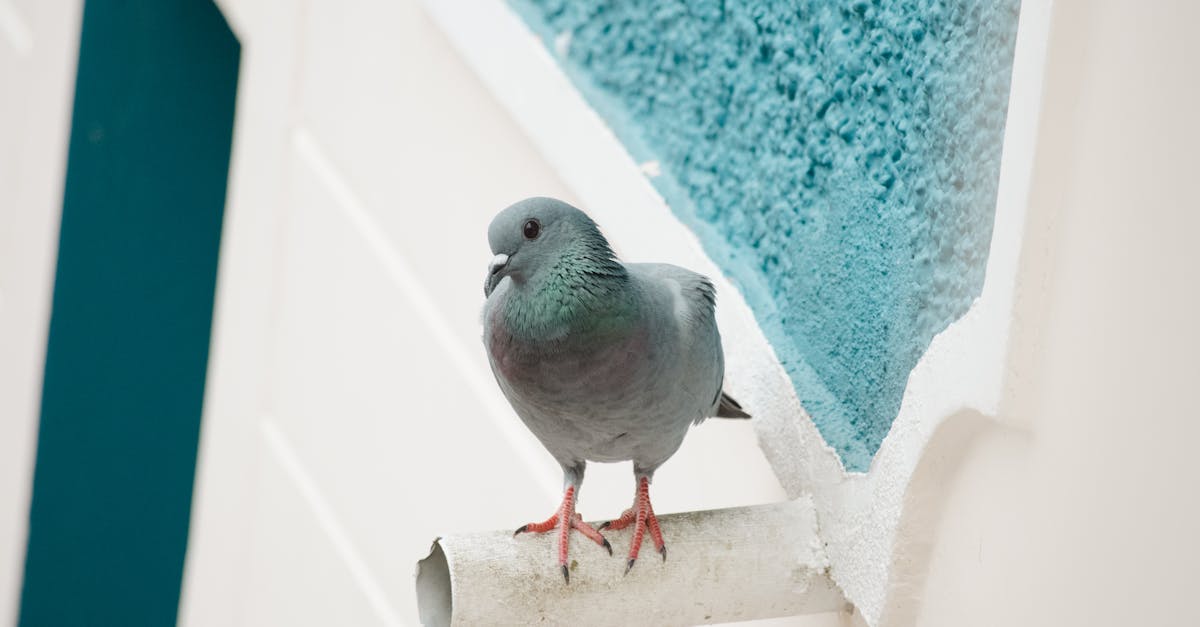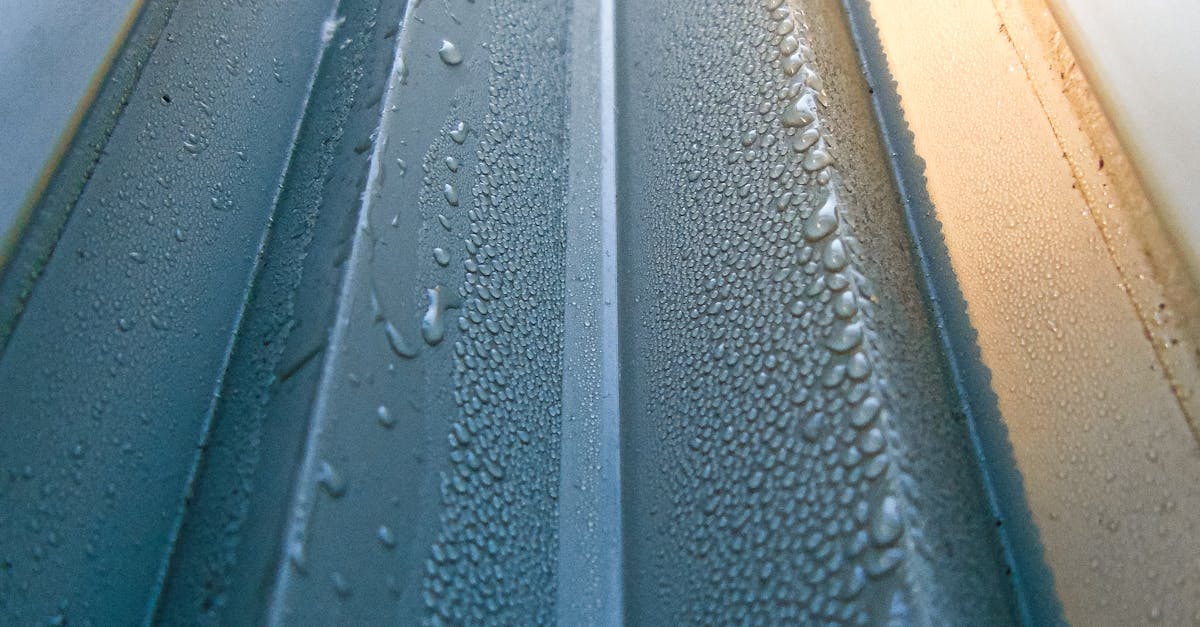
Position the Gutters Correctly
Positioning the gutters correctly during a DIY installation is crucial for their efficiency and effectiveness in handling rainwater. Start by measuring the length where you plan to install the gutters and mark the spots where the downspouts will be located. Remember to think about the best slope for water flow towards the downspouts to avoid any pooling or leaking issues. By taking these steps, you can ensure that your gutters will function optimally and complement the aesthetics of your home. For additional guidance or assistance, consider searching for "Gutter Installation near me" to locate professionals who can provide advice or support for your project.
Ensuring Proper Slope and Alignment
To ensure proper functionality of your gutters, it is crucial to pay close attention to the slope and alignment during installation. Gutter installation near me services emphasize the importance of maintaining a uniform slope to allow water to flow smoothly towards the downspout. Make sure the highest point of the gutter is at the opposite end of the downspout, ensuring proper drainage and preventing water pooling or overflow issues.
Moreover, aligning the gutters correctly is essential for their effectiveness. If the gutters are not aligned properly, water may not flow towards the downspout efficiently, leading to potential water damage to your home's foundation or landscaping. By meticulously measuring and aligning each gutter section during installation, you can guarantee optimal performance and protect your property from water-related issues in the long run.
Secure the Gutters in Place
To secure the gutters in place during your DIY gutter installation project, you will need appropriate fasteners such as screws or nails. Make sure to space these fasteners according to the manufacturer's recommendations for optimal support. Position the gutter into place and start attaching it to your home from one end to the other. Ensure that the gutters are level and have a slight slope towards the downspout for proper drainage. If you encounter any complications during the installation process, consider searching for professional services like Gutter Installation near me to ensure the job gets done correctly and efficiently.
Attaching the Gutters to Your Home
When it comes to attaching the gutters to your home during a DIY gutter installation project, it is crucial to ensure that you have all the necessary tools and equipment ready. Before starting the installation process, make sure to measure and cut the gutters accurately based on the length required for your home. Position the gutters correctly along the eaves, ensuring they are sloped towards the downspouts for proper water drainage. Once in place, secure the gutters using appropriate brackets, ensuring they are securely fastened to the fascia board.
To attach the gutters securely to your home, it is essential to use screws or nails that are designed for outdoor use to prevent rusting and ensure longevity. Place the screws or nails at regular intervals along the gutter length, making sure they are firmly anchored to provide adequate support. Moreover, don't forget to seal any gaps between the gutters and the fascia board using a waterproof sealant to prevent water leakage. If you encounter any challenges during the installation process, consider seeking professional assistance from experts in "Gutter Installation near me" to ensure the job is done correctly.
Test for Proper Drainage
When it comes to installing gutters on your own, ensuring proper drainage is a crucial step for the functionality of the system. After positioning and securing the gutters in place, it is essential to test for proper drainage to avoid any potential issues. To do this, you can simply run water through the gutters to observe the flow and check for any blockages. If you notice any areas where water is not draining properly, adjustments may be needed to optimize the drainage system. For those looking for guidance or professional assistance, services such as Gutter Installation near me can provide support in ensuring the efficiency of the gutter system.
Checking for adequate water flow is another aspect of testing for proper drainage when installing gutters. Once water is running through the gutters, observe how smoothly it flows towards the downspouts. If you notice any areas where water is pooling or not draining efficiently, adjustments may be required. Proper water flow is essential to prevent water accumulation, which can lead to damage to your home's foundation or landscaping. When in doubt, seeking advice from experts in Gutter Installation near me can help address any concerns and ensure the effectiveness of your gutter system.
Checking for Adequate Water Flow
Once the gutters have been securely positioned and properly sloped, it is essential to test them for adequate water flow. To ensure that the gutters are functioning as intended, first, let water run through them at a normal rate. This step will help you identify any possible obstructions or kinks that might impede proper drainage. Next, increase the water flow to mimic heavier rainfall conditions. By doing so, you can assess whether the gutters can handle the increased volume and allow water to flow efficiently through the downspouts. For individuals considering DIY gutter installation, this testing process is crucial to prevent potential water damage to your home. Remember, searching "Gutter Installation near me" online can help you find local professionals for guidance and assistance in case of any issues with water flow.
In addition to verifying water flow during normal and heavy rainfall simulations, be sure to inspect the downspouts for any signs of overflow or backup. Use a flashlight to check for any debris or blockages that may hinder the water from properly exiting the downspouts. Gently tap on the downspouts as the water is running through them to dislodge any trapped debris. It is important to note that downspouts should direct water away from the foundation of your home to prevent water damage. Consulting professionals from "Gutter Installation near me" services can provide valuable insights on how to maintain proper water flow and prevent clogs or blockages in your gutter system.
FAQS
Is it recommended to install gutters myself?
Installing gutters yourself can be a DIY project, but it's important to have the necessary skills, tools, and knowledge to do it correctly.
What are some key considerations when installing gutters?
When installing gutters, make sure to position them correctly, ensure proper slope and alignment, and securely attach them to your home to prevent any issues in the future.
Do I need any special tools to install gutters?
Yes, you will need tools such as a ladder, measuring tape, level, drill, screws, gutter hangers, and sealant to properly install gutters.
How do I test if my gutters are functioning properly after installation?
To test for proper drainage, check if water flows smoothly through the gutters and downspouts. Make sure there are no leaks or clogs that could hinder the gutter system's performance.
What should I do if I encounter difficulties during the gutter installation process?
If you encounter difficulties during the gutter installation process, it's recommended to seek help from a professional installer to ensure the job is done correctly and to avoid any potential issues in the future.




